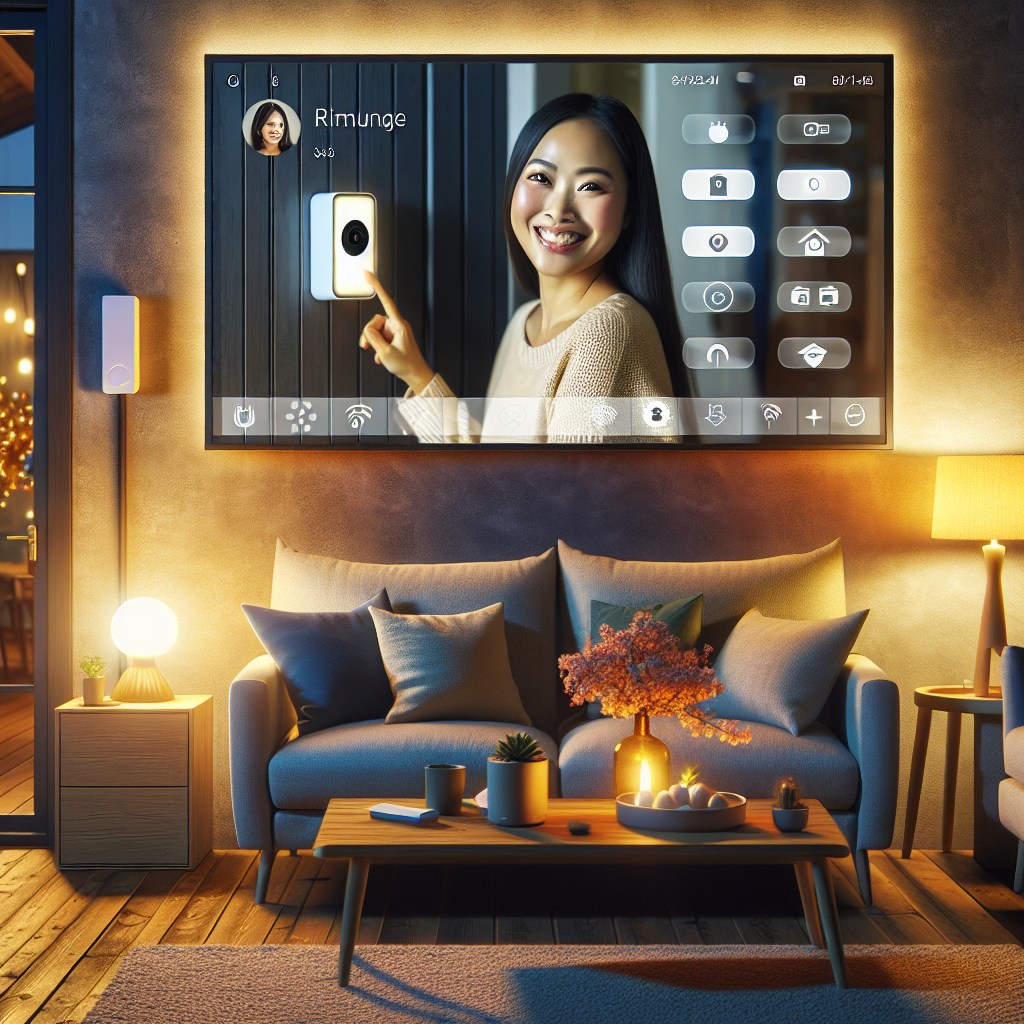How to Create a Smart Home Security Ecosystem
As a homeowner, protecting your property is always a top priority. With advancements in technology, it's now easier than ever to create an integrated smart home security system. Whether you're remodeling your home with Looking Glass Structures or just looking to upgrade, a smart home security ecosystem can offer peace of mind and enhance the value of your property.
Why Integrated Smart Home Security is Important
Home security isn't just about doors and locks anymore. An integrated smart home security system connects various devices around your home to provide comprehensive protection. This means that your cameras, door locks, motion sensors, and other security devices work together seamlessly. It's like having a team of experts keeping an eye on your property at all times.
Choosing the Right Components
Creating an integrated smart home security system starts with choosing the right components. Here are the essentials:
When selecting these components, make sure they are compatible with each other. Many brands offer systems specifically designed to work seamlessly together.
Smart Cameras
Smart cameras are the eyes of your integrated smart home security system. They let you see what's happening around your home in real-time. Many models come with advanced features such as night vision, motion detection, and even two-way audio. Place these cameras in key areas like entrances, backyards, and common areas.
Smart Locks
Smart locks offer convenience and security. Imagine being able to lock or unlock your doors with just your phone. Forgot to lock the door before leaving? No problem, just do it from your smartphone. Some smart locks also provide temporary codes for guests, which can be perfect if you're using Looking Glass Structures' On-Demand Handyman service.
Motion Sensors
Motion sensors are crucial for detecting unauthorized movement. These devices can be strategically placed around your home to cover areas where intruders might enter. When motion is detected, an alert can be sent to your phone, or the system can trigger an alarm.
Security Panels
Think of the security panel as the brain of your smart home security system. It's where you can arm or disarm your system, view camera feeds, and control all your security devices. Modern security panels are user-friendly and can be accessed remotely via a smartphone app.
Integrating with Other Smart Home Devices
One of the main advantages of an integrated smart home security system is its ability to work with other smart home devices. For instance:
By combining these devices, you not only enhance your home's security but also improve its overall efficiency and convenience.
Maintenance and Updates
Once your integrated smart home security system is up and running, it’s important to keep it maintained. Here are a few tips:
By staying on top of maintenance, you ensure that your system remains reliable and effective.
Final Thoughts
Creating an integrated smart home security ecosystem doesn’t have to be complicated. By choosing the right components and ensuring they work together seamlessly, you can protect your home more effectively. And remember, the team at Looking Glass Structures is here to help with any of your home remodeling, construction, or maintenance needs. With state-of-the-art security and expert support, you can enjoy peace of mind knowing your home is safe.



